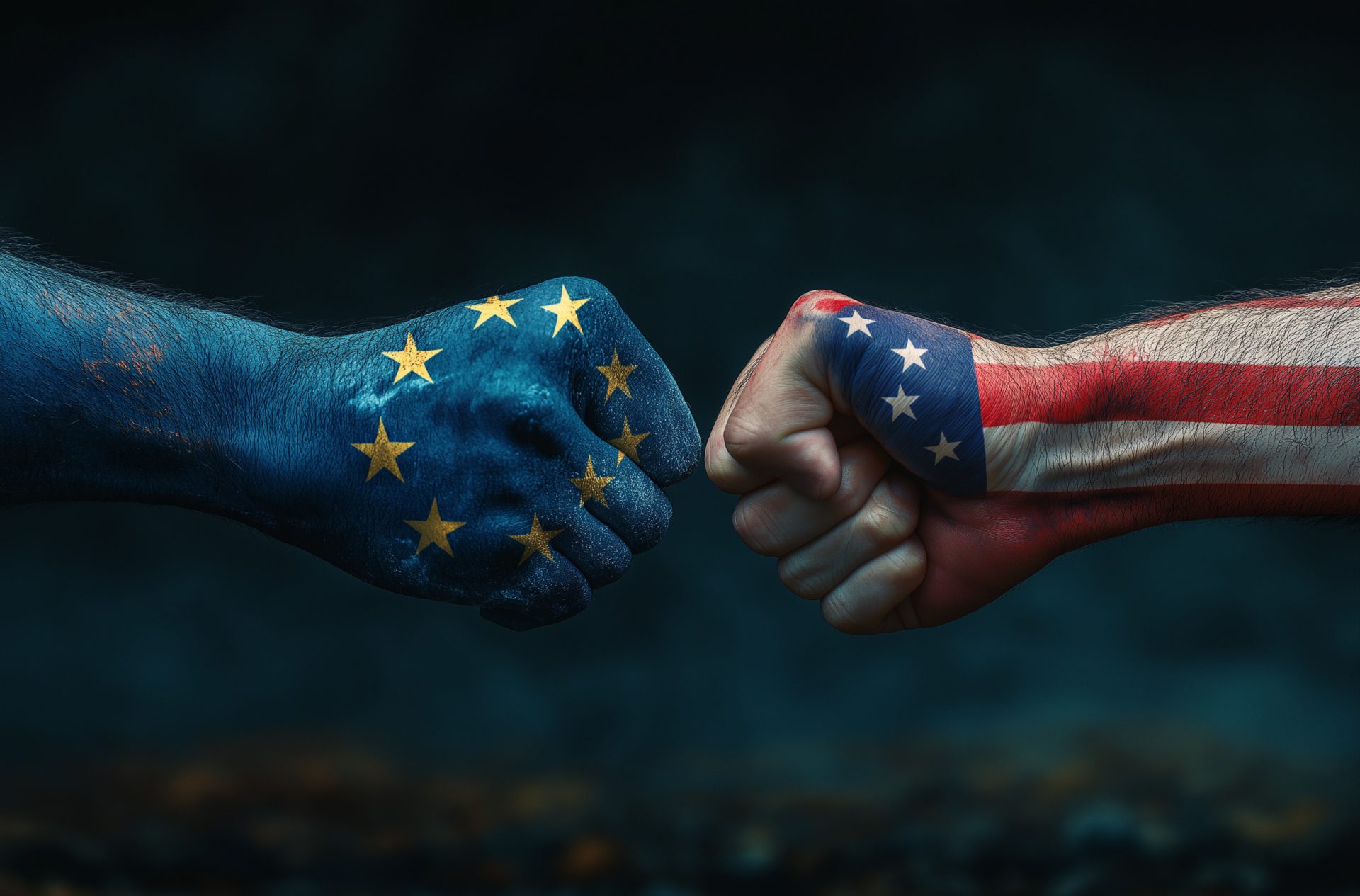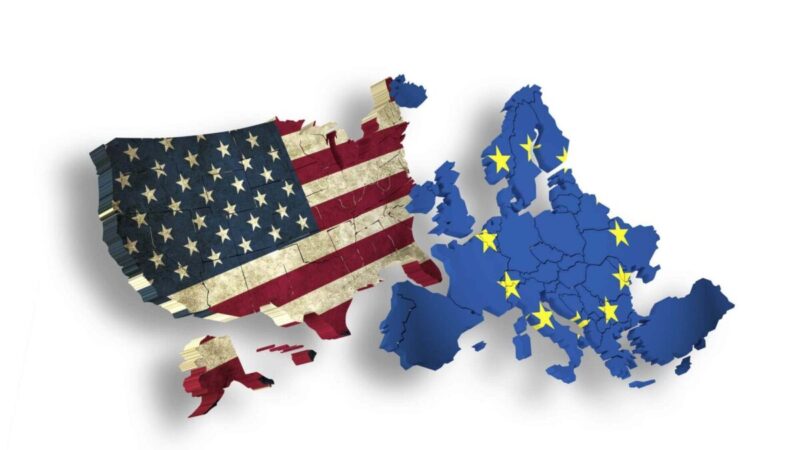USA against EU: The fight for the future of crypto has started

The struggle for global dominance in the crypto sector is in full swing. While the European Union with Mica was the first to present a uniform legal framework for crypto-assets, the United States, led by President Donald Trump, elect an opposite course.
What started as a technological innovation has developed into a geopolitical chess game in which two large powers represent fundamentally different visions about the future of digital money. The global crypto sector is therefore on a crucial scabbard. The question is: who will ultimately determine the rules of the game?
Europe decides to regulate and stability
With the introduction of the markets in Crypto-Assets (Mica) Ordinance on December 30, 2024, the EU became the world leader in the field of crypto regulation. This legislation applies to all 27 Member States and obliges crypto providers to licenses, capital requirements and clear guidelines in the area of consumer protection. Stable coins may only be issued with sufficient coverage and under the supervision of the tax authorities.
Companies such as Moonpay, Crypto.com and Standard Chartered have already received their mica license. This underlines the focus on legality and transparency within the EU. Nevertheless, there is also criticism. The financial burdens are significant: from minimal capital requirements to legal costs and the obligation to represent local representation. This is a significant hurdle for start-ups.
Mica also fits seamlessly into the development of a digital euro. This indicates a broader strategy to bring crypto under central control. Europe optes for a careful, regulated and strongly centralized model.
America under Trump: innovation, decentralization and no CBDC
The opposite is the American model under President Donald Trump. After years of uncertainty among bidges and an hostile SEC policy, they are now elected for predictable regulation and cooperation between the government and the sector. The SEC was reformed and the Dialogue with industry is open.
Politics focus on promoting the private sector. Stable coins play a key role. According to the former house spokesman Paul Ryan, stable coins can help solve the American debt crisis and strengthen the global position of the dollar.
Trump's violent resistance to a central bank Digital currency (CBDC) is striking. According to him, a digital dollar is a threat to individual freedoms and American sovereignty. Instead, his government chooses technological innovation, decentralized networks and less government control. This is in contrast to the EU model, where the Digital euros could be introduced soon.
Since there is no nationwide crypto legislation, American states take the lead. Florida and Texas draw the cart with tax advantages, pro crypto legislation and active recruitment of blockchain companies. This competition ensures a dynamic market that can quickly react to innovations.
The contrast is clear: while the EU relies on central control and uniformity, the USA chooses flexibility, innovation and decentralization.
The worldwide context: more than just EU vs. USA
The geopolitical struggle is not limited to Europe and America. In Asia, countries show how South Korea And Hong Kong increasing interest in crypto, but with a cautious approach. Hong Kong has already launched three Bitcoin ETFs. However, other countries, such as Norway, are critical. There, miners threatens the exclusion due to environmental concerns.
These different approaches make it clear that cryptor regulation is an ideological and geopolitical question worldwide. Governments and central banks balance between economic opportunities and risks for privacy, sovereignty and financial stability. Although crypto is almost everywhere on the political agenda, some regions still lack knowledge and understanding.
Who wins the race?
Europe has a lead in the field of legal clarity and international reputation with Mica. But that comes with a price: high costs, limited access for smaller companies and less space for innovation.
The USA, led by Trump, presented itself as the goal for developers and investors who are looking for freedom, scalability and access to capital. By using stablecoinsState competition and the rejection of CBDCs, the country positions itself as the innovative alternative.
The coming years will be decisive. The use is high: control over the financial system of the future. And if you win this race, you could determine the global standard for cryptor regulation.





